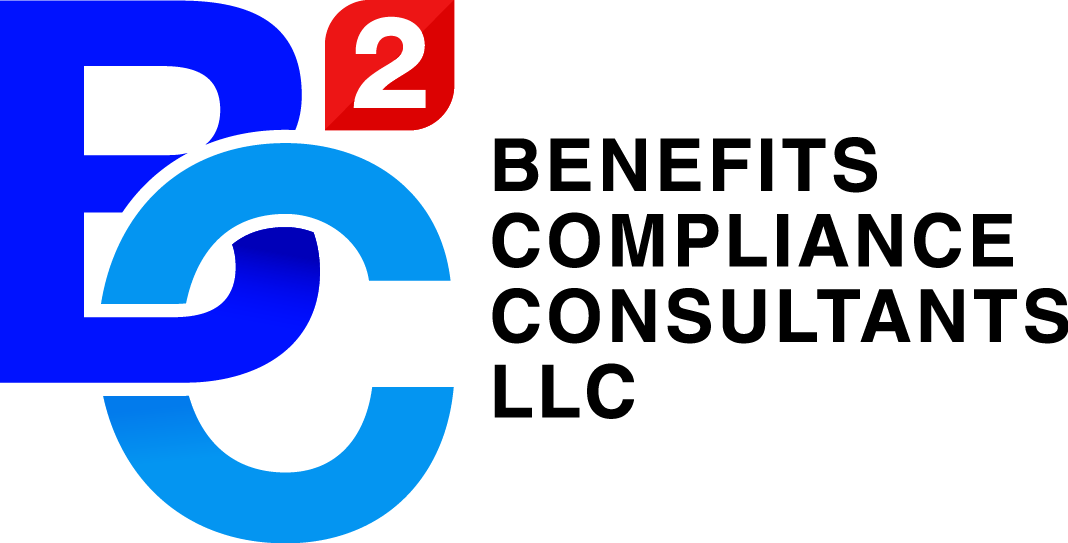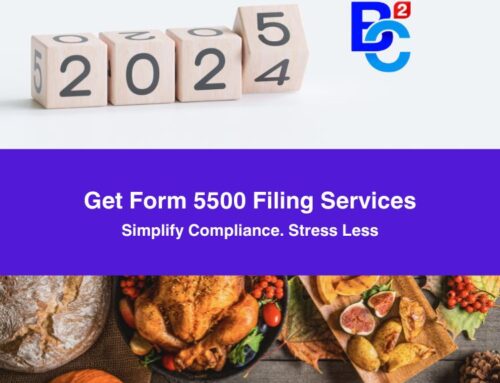The Form 5500 is usually updated periodically to ensure that it stays current with the market and legal requirements.
The United States Department of Labor published a proposed rule on July 21, 2016 that seeks to improve and modernize Form 5500. Form 5500 is an annual report/return that employee benefit plans with over 100 lives covered are required to file. The changes are not likely to go into effect until the year 2020.
However, the proposed new developments are significant due to their focus on group health plans. The proposed rules are geared towards the elimination of current filing exemption for small group health plans and require group health plans to complete a new, detailed schedule.
Here are 5 proposed Form 5500 Changes In 2020
 1. Companies Must Ensure the Transparency of Information Filed to the Department of Labor
1. Companies Must Ensure the Transparency of Information Filed to the Department of Labor
The information should include where the money is invested and what fees it attracts including whether they are reasonable. It is believed that it will also offer further insight into the number of participants enrolled, dependents, employees, COBRA, and COBRA dependents and information pertaining to rebate handling, TPA payments for Self-insured and Stop Loss benefits, as well as past due payments.
2. Forms Should Offer More Information Pertaining to Group Health Plans
The proposal will require new forms and will also require employers that have 2 lives covered to file Form 5500s, which could result in close to 2 million additional plans to file, which is a 23 times jump. The only exceptions to the rule are the multiple employer welfare plans and arrangements holding their assets in trust. Such types of plans already have to file irrespective of the enrolled count.
3. The new Schedule J Has over 30 questions That Have to be Answered
Schedule J covers fees, rebates, self-insured benefits, premiums, compliance questions, and much more. While most of the questions are Yes/No type questions, some of them dig deep when it comes to matters related to compliance.
4. Data Has to be “mine-able” to Allow For Machine Readability
This proposal is quite significant for the Department of Labor that has stressed in a current report to Congress that there are some major areas where it lacks complete information such as plans with self-insured medical benefits and plans that have less than 100 lives covered.
5. The Updating of the Information of Service Provider Fees
Proposed Schedule C actually lowers the reporting threshold down to $1,000 or more from $5,000 or more for the vendors that provide service to plans holding their assets in trust.
The proposed changes mean that advisers will need to be on top of the extra information that employer, TPA, and carrier provide. It will be a game changer in several different ways for the 5500.
What Do The Changes Mean?
The proposed Form 5500 Changes in 2020 mean that there will be extra work for all the parties involved including brokers, employers, and companies that are responsible for the preparation and production of the forms. While the changes will be most likely implemented in year 2020, now is the time for stakeholders and advisers to start preparations.
 It is always advisable to be completely prepared when it comes to the proposed compliance changes and compliance questions. One area in Schedule J, asks for more responses and details if a firm has the right documentation in place for its plan, which is something the Department of Labor has been pushing.
It is always advisable to be completely prepared when it comes to the proposed compliance changes and compliance questions. One area in Schedule J, asks for more responses and details if a firm has the right documentation in place for its plan, which is something the Department of Labor has been pushing.
The Department of Labor has stated that the changes will be communicated through its website and it will be up to brokers to ensure that they educate themselves on the proposed changes and companies to decide on the plans to produce webinars, white papers, and education pieces for.
Final Thoughts
The proposed Form 5500 Changes in 2020 are quite significant. It is therefore important for employers to monitor the proposed changes and determine how they are likely to affect them once they are finalized. Employers that have small group health plans that have been previously exempted from filing Form 5500 should ensure that they get in touch with the service providers to evaluate their options when it comes to filing Form 5500.





